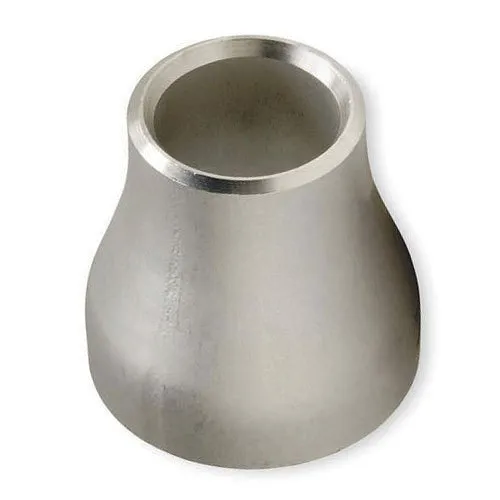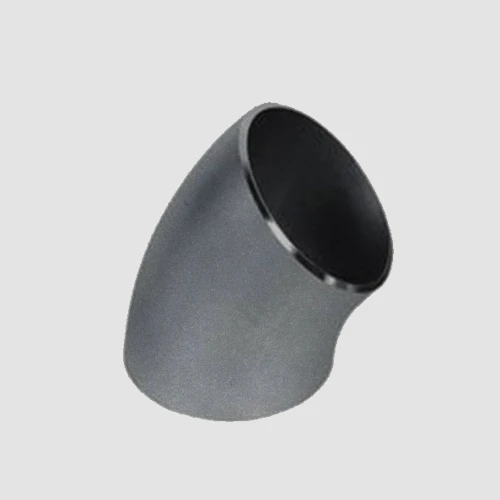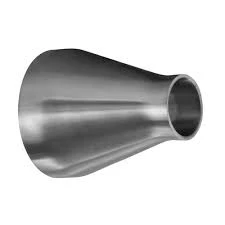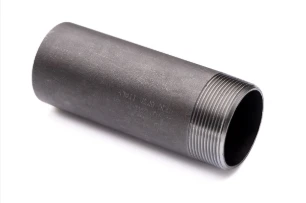Mofokotsi
A pipe reducer is a specialized fitting used to connect two pipes of differing diameters, providing a seamless transition that minimizes turbulence and maintains efficient flow within piping systems. By reducing the pipe size from a larger to a smaller diameter, reducers help maintain pressure and flow rate, making them essential in applications across industries such as oil and gas, chemical processing, power generation, and HVAC.Reducers come in two main types: concentric and eccentric. A concentric reducer has a conical shape, aligning the centerline of both pipes, and is commonly used in vertical pipelines or when fluid flow symmetry is needed. An eccentric reducer, with one side flat, is ideal for horizontal piping to prevent pooling and ensure even flow, especially in pump suction lines.
What is a Pipe Reducer?
A pipe reducer is a plumbing fitting designed to connect two sections of pipe with different diameters, facilitating a smooth transition from a larger to a smaller pipe. This component is essential in various industries, including plumbing, oil and gas, and manufacturing, where the efficient flow of liquids and gases is crucial.
Types of Pipe Reducers
There are two main types of pipe reducers: concentric and eccentric.
Concentric Reducers: These reducers maintain a symmetrical design, where the larger and smaller ends are aligned along a common centerline. This type is typically used in vertical applications and is ideal for minimizing pressure loss in fluid flow.
Eccentric Reducers: Unlike concentric reducers, eccentric reducers have an offset design that allows for a more streamlined flow. This type is especially useful in horizontal applications, as it prevents the accumulation of air or vapor in the piping system, ensuring a continuous flow of liquids.
Functions and Benefits of Pipe Reducer
The primary function of a pipe reducer is to manage fluid dynamics effectively. By connecting pipes of different sizes, reducers help maintain optimal flow rates while minimizing turbulence and pressure drops. This feature is particularly important in systems where pressure stability is critical, such as in oil and gas pipelines or water distribution networks.Using pipe reducers can lead to improved system efficiency, as they allow for the appropriate sizing of pipes based on the specific needs of the application. This not only optimizes flow but also helps reduce energy costs by ensuring that pumps and compressors work efficiently.
Applications of Pipe Reducers in Industrial Settings
Pipe reducers play a vital role in various industrial applications by facilitating the smooth transition between different pipe diameters. Their ability to optimize fluid flow and maintain pressure makes them essential components in numerous sectors, including oil and gas, chemical processing, water treatment, and HVAC systems.
Oil and Gas Industry With Pipe Reducer
In the oil and gas sector, pipe reducers are used extensively in drilling and transportation systems. They allow for the efficient transfer of crude oil, natural gas, and other fluids through pipelines. By connecting larger pipelines to smaller ones, reducers help manage pressure and flow rates, ensuring that materials are transported safely and efficiently. Their robust construction also makes them suitable for handling high-pressure environments typical in this industry.
Chemical Processing of Pipe Reducer
In chemical processing plants, pipe reducers are crucial for controlling the flow of corrosive substances. They help create a seamless transition between different pipe sizes, reducing turbulence and pressure drops that could affect chemical reactions. The ability to select reducers made from corrosion-resistant materials ensures the longevity and safety of piping systems handling aggressive chemicals.
Water Treatment Facilities With Pipe Reducer
Water treatment facilities utilize pipe reducers to manage the flow of water through filtration and treatment processes. By connecting various sized pipes, reducers maintain optimal pressure and flow rates, essential for effective treatment and distribution. Their use minimizes the risk of backflow and helps maintain the efficiency of the entire water treatment system.



















